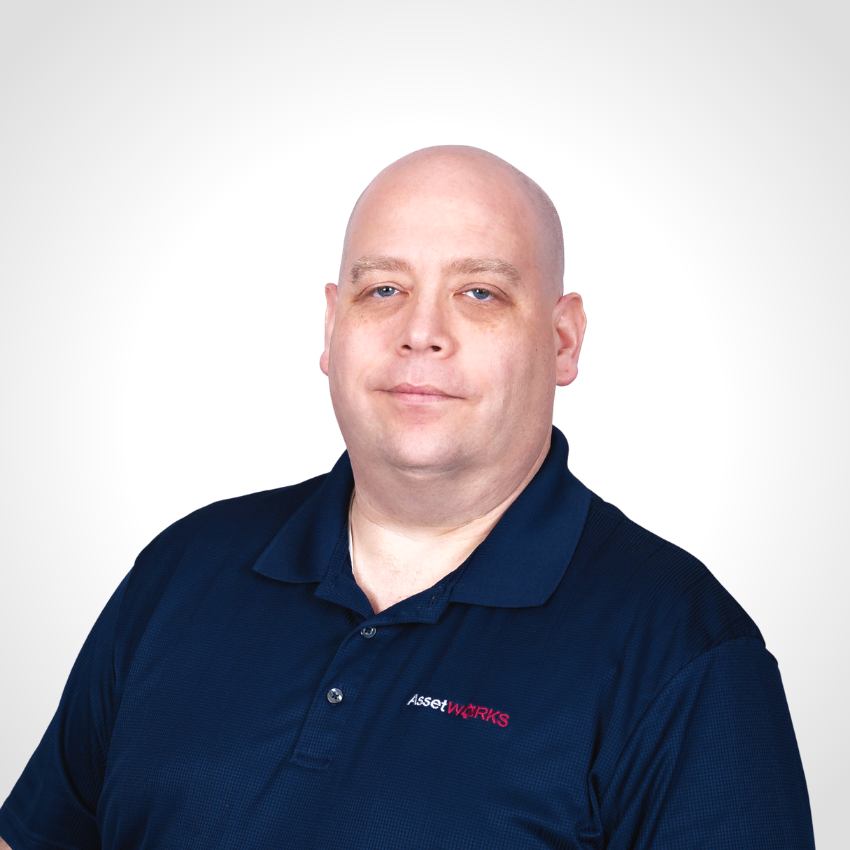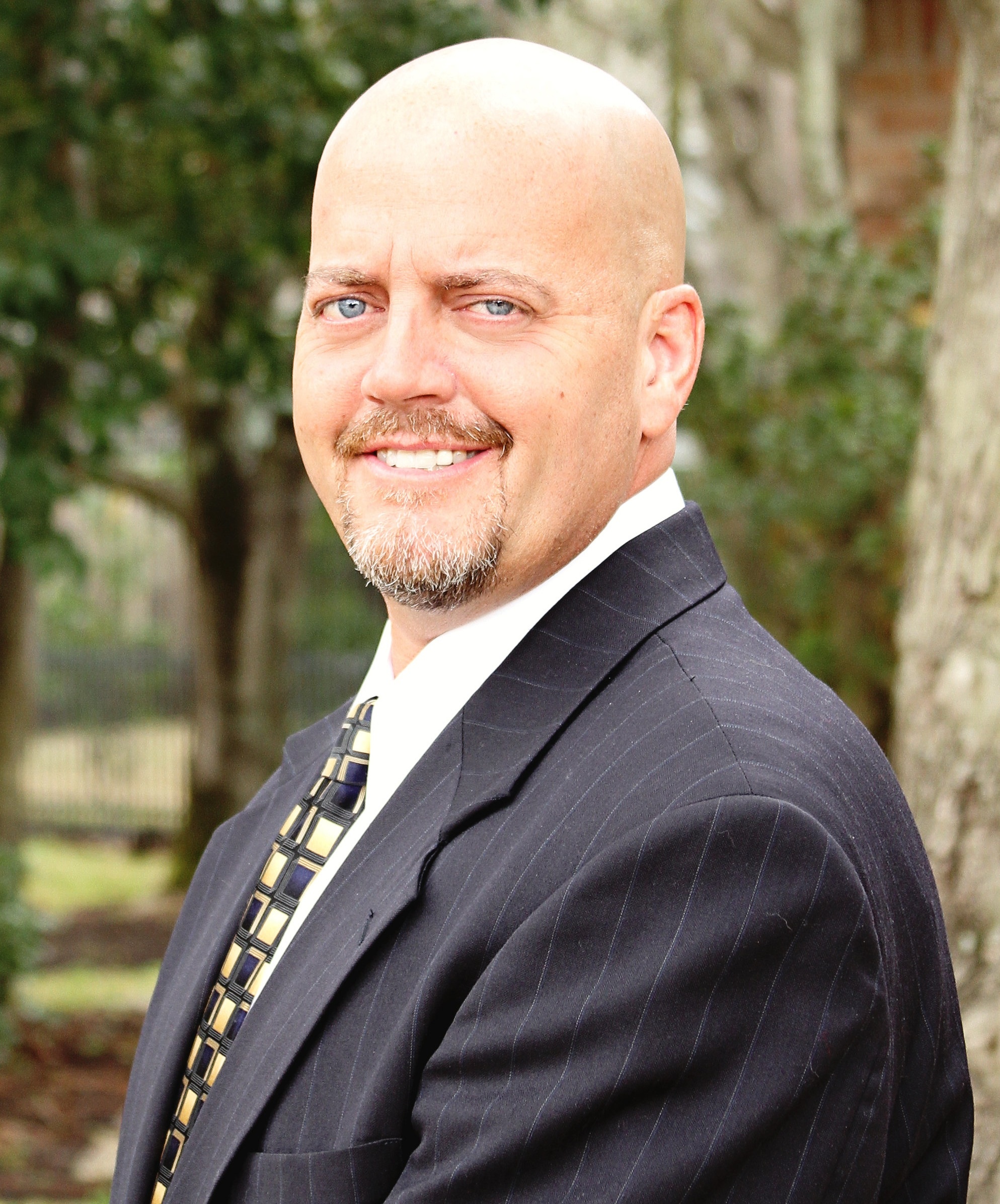An Insiders Perspective: Opportunities & Challenges in Facilities Management

Brian Carlson

We sat down (virtually) with one of AssetWorks’ Senior Implementation Consultants to talk candidly about his industry experience and what he’s seen on the many projects he has been involved with. From key challenges and opportunities in the facilities industry to advice when embarking on a new implementation, Will has seen a lot in his 19-year tenure at AssetWorks and even outside of the organization.

Will Kline is a Senior Implementation Consultant for AssetWorks, leading AiM implementations and providing consulting services for many AssetWorks customers. He holds a BS in Electrical Engineering from the University of Texas at Austin and is PMP (Project Management Professional) certified.
[Note: the below responses have been edited slightly for clarity and brevity]•
You’ve been an AssetWorks Sr. Implementation Consultant for a while. What would you like someone starting a project to know about you?
I am very familiar with the higher education facility management and facilities management software solutions landscape. One of the things that I pride myself on is being customer-focused, and that a project isn't just about accomplishing a set of tasks, but about building a relationship and solid partnership along the way.
At the end of the day, we’re working together and collaborating to ensure a successful project; where we don’t just complete the software implementation, say “it’s live”, and walk away. Our goal is to build a continued beneficial relationship and partnership. For any further assistance on a project, the customer would still be working with me, their project manager, or their customer care team. We see this as a long-term commitment and not just a one-and-done, and that’s how we value all relationships with customers at AssetWorks. We like to say that we’re a family and we’re not just a business, and I take that to heart with the customers that I work with. AssetWorks is a company that is as much about relationships as it is about the work we’re doing.
Our industry has changed quite a bit in recent years; what are some of the challenges that you’ve seen?
I think there are a few:
- Changing budgets. With budgets continuing to get tighter; you have to do a little more to justify those budgets. Operating budgets often don’t cover the cost needed to fully PM and maintain your existing facilities, not to mention a growing campus footprint. Strategic planning is needed more than ever to obtain funding for deferred maintenance and asset renewal.
- Increasing need for data.Everything is becoming more data driven, especially in the facilities realm. In the past if something broke, you sent someone out, they fixed it, and you’re done. You may not have tracked things like response time or how quickly you can reach resolution. Now, it’s about setting a schedule and managing schedule breakages in efficient ways. All sorts of metrics come into the mix which begin to shift your organization to be proactive versus reactive. These data points help to make future decisions and roadmaps for improvement.
- Leveraging mobile technology more.We also have to be looking at ways to integrate mobile technology, rather than remaining paper based; it's really becoming more of a culture change. It goes hand and hand with promoting more communication and integration of processes between organizations. With those efficiencies we’re reducing silos as much as possible.
- Rapidly changing workforce.The nature of the workforce is changing. Especially with impacts from COVID-19 and things like the “Great Resignation”, there are a lot of changes in employment occurring. People are leaving roles and candidate pools can become challenging when there is increased competition. With reduced staffing there's more work to go around, so we need to try to find efficiencies that maybe we haven't needed to before.
These are all things you have to be focused on when you're looking at implementing a new system. It comes down to how to be more efficient with resources.
We don’t want to just look at challenges, but what are some opportunities that you’ve seen be capitalized on?
- Fewer silos, more integrations and data. Now that things aren’t as siloed anymore, more people and departments are willing to talk to each other. As a result, you're seeing a lot more consolidations of and integrations between systems.
In the past, a project manager used their own software system, or maybe just a spreadsheet, to track their project and then file everything away at completion. Meanwhile, the facilities maintenance team is using a separate work order system that may or may not have all the new building data. There's a lot of coordination that needs to happen between the projects and maintenance sides of the house during the commissioning and handover process. There are drawings, asset information, manuals, fire inspection protocols, warranties, schematics, and more that come into the fold. Having a singular source of truth for managing and maintaining this documentation is crucial and removing silos allows for the ease in sharing these data points to the individuals that need them. One integrated solution – an IWMS – can facilitate that.
There's also communication with vendors, and with campus departments such as IT, finance, and other campus customers. All of these parties require more communication and data that is able to be shared and automated by allowing systems to talk to each other, thereby reducing or eliminating dual entry altogether. When people have access to data, they don’t have to go and ask for it and look for it. It is readily available across the entire organization. - Doing more with less. Another thing that I have mentioned is that budgets and staffing can be reduced. We have to be able to do more work with fewer resources. In working through that, I’ve seen that there's been a bigger shift towards really trying to schedule work out and find efficiencies where possible. Especially in Higher Ed, there is a culture of prioritizing customers’ needs more than anything; so when someone calls and they have a problem, you're going to jump on it and get it done. Being able to be efficient about how to get the work done is crucial.
When you can effectively schedule your work, it allows you to reduce instances where your resources are not having to go back and forth across campus all day long. You’ll be able to know what jobs are in the area and be ready to complete the task. This avoids extra travel time and also allows you to have materials ready on-site at the right time.
We know that going live with an IWMS is just the beginning. What are some post-go-live pitfalls that you’ve seen, and how can they be avoided?
Well, I think there shouldn't be the idea that once you're live, it's done. It's never done.
- Don’t lose sight of your goals. Sometimes during an implementation or even at the very initial schedule, you think “we're going to push this to phase two” due to schedule or budget constraints and tackle the project piece by piece; deferring things as you reprioritize. You are confident you and your team will eventually get around to it; but the reality is, you may never get around to it again.
From what I’ve seen, I would recommend that as much as possible, don't let things slide out of the project. Resources and competing priorities can shift the nature of the project, and these and other elements might make it hard to come back to crucial elements that have been deferred. If there are deprioritized and deferred elements in the project, we recommend keeping them on the schedule and assigning resourcing to it where possible. This avoids the “we'll get to it at some point” mentality and the potential of losing your resources due to another implementation or competing priorities. - Focus on continuous improvement. Another thing that I’ve seen is that you should look at your system not only at the end of the project but on a yearly basis. It gives you a chance to review if you are meeting your goals and getting the data you want out of the system, and really evaluate if the system is working for you. Even when you are meeting your expectations, it gives you another opportunity to create new goals and leverage the systems even more than you originally planned; acquiring new data points, greater coverage, and more, without the need to add new additional tools. Don't just rest on your laurels. If things are successful, it doesn't mean that you have to stop. You really want to establish a culture of continuous improvement and look for ways for your organization to capitalize on that.
What advice would you have for an organization beginning its Facility Management Solutions journey?
- Identify your goals. I think before you start any project you need to identify what your goals are for the project. It's not just “oh well, our old system is being decommissioned, and we've got to move to something else,” or, “someone said we need to do this,” but you don’t have a measurable reason for making this change. You need to identify what those reasons are and what are those goals you need to have out of it.
- Identify your data needs. Not just what goals you need to meet, but what the data is that you need to get out of this system. As you track information, especially with it being integrated, there's a lot of information to share, and a lot of that can be used for those data points. When it comes to identifying what you need; the old saying still holds true, however trite: “garbage in, garbage out”. You don’t want to go live with a new system with garbage out, so look at it the other way around. Whatever you put in is going to feed the data you need to get out of the system. So, we start by looking at the end and identify the results you need to see in order to be successful and then work backward. If you always have the desired state, end result in mind, you’ll know what you need when you initially configure the system.
- Identify your core team. I think the other thing is to make sure you've identified a team; one that covers all areas of the implementation and that they aren’t all from a single department. This isn't an IT project, even though we're talking about a software solution, it doesn't necessarily mean it's just the maintenance department or your project management department or a finance department. You have to be all in. You’ll likely want team members from across the facilities organization – operations and maintenance, planning and project management, finance, etc. Once you’ve identified your core team, identify subject matter experts to take part in the project, not just within your organization, but also coordinate with other campus departments, such as IT, accounting, and purchasing. This avoids staying in the silo that used to be more prevalent; everything comes into the big picture.
- Outline authorities and responsibilities of your core team. You need to also make sure that the members of the core team have the authority to make the decisions that are needed when project questions come up, it may even require a change to the way you do business. You have to have somebody who can say “yes, we can make that change and we will improve our processes”. It becomes a bottleneck when you have a team who says “we have to go ask someone else before we can make that decision”. Empower people with the ability to make decisions and to bring change for the good of the organization.
Will Kline is just one of our many veteran team members whose expertise and knowledge of the industry spans 15+ years, and he is just one of our many solution team members who want to set customers up for success. Whether it’s a full-scale IWMS (Integrated Workplace Management System) implementation or a singular facilities management function need, our team is there with you each step of the way. When you partner with AssetWorks Inc., you not only have access to one of the leading facilities management solutions for Higher Education, but you are also partnering with a group of industry experts who want to set you and your organization up for success. Our team takes pride in knowing your business both as a supplier of facility software solutions but with most of our team having been in similar roles in the past -we get what you are going through.
Want to Connect? Visit goassetworks.com or Contact Us Today!
Subscribe to AssetWorks' Blog & Newsletter
We send out periodic updates to our facilities community.
Read On

Top 4 Challenges that Universities face with Facilities Service Requests
While virtually every organization in every industry that owns and operates facilities has the...
Learn more arrow_forward
Three Keys to Effective Space Management
Let’s talk about space management.
Wait a second. I hear the lightsabers firing up already.
Please...
Learn more arrow_forward
CAFM vs. IWMS - Your Guide to an Informed Decision
Does your campus need a Computer Aided Facilities Management (CAFM), or an Integrated Workplace...
Learn more arrow_forward


